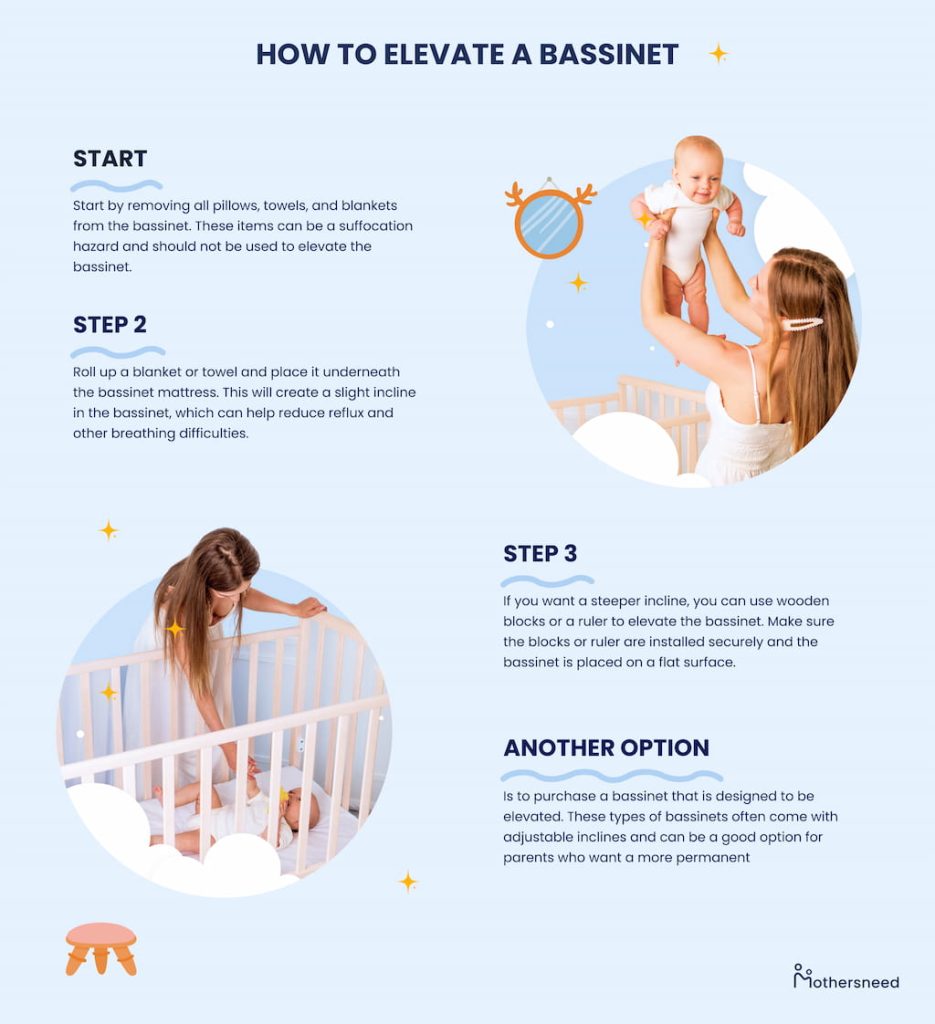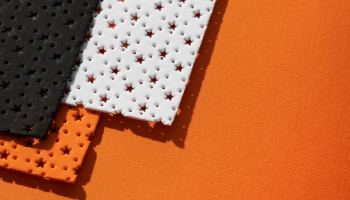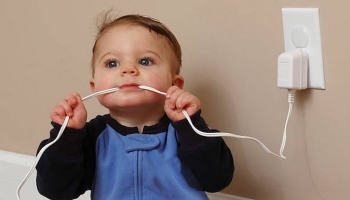
Elevating bassinets have become increasingly popular in recent years as parents seek new ways to ensure their infants get a good night’s sleep. One of the main benefits of elevating a bassinet is that it can help prevent acid reflux in infants.
This condition is common in babies sleep cycles and can cause discomfort and disrupted sleep patterns. By elevating the bassinet, the baby’s sleeping position is adjusted so that the baby’s head is raised above their stomach, which can help prevent stomach contents from flowing back up into the esophagus. Additionally, elevating the bassinet can also help with other health concerns, such as congestion and ear infections, promoting an inclined position for safe sleep.
It is important to note that elevating a bassinet should be done with caution, as it can increase the risk of Sudden Infant Death Syndrome (SIDS) if not done properly. Parents should always follow safety precautions, such as ensuring the bassinet is stable and secure, and never adding extra padding or blankets that could pose a suffocation risk. Elevated sleeping options need to be carefully evaluated to ensure they comply with the guidelines for safe sleep.
Key Takeaways
- Elevating a bassinet can help prevent acid reflux and other health concerns in infants.
- Safety precautions must be taken when elevating a bassinet to prevent the risk of SIDS.
- Elevating a bassinet properly involves ensuring stability and avoiding any potential suffocation risks.
How to Elevate a Bassinet

Elevating a bassinet is a simple and effective way to help alleviate reflux and other breathing difficulties in infants. Here are some steps to follow to elevate a bassinet:
- Start by removing all pillows, towels, and blankets from the bassinet. These items can be a suffocation hazard and should not be used to elevate the bassinet.
- Roll up a blanket or towel and place it underneath the bassinet mattress. This will create a slight incline in the bassinet, which can help reduce reflux and other breathing difficulties.
- If you want a steeper incline, you can use wooden blocks or a ruler to elevate the bassinet. Make sure the blocks or ruler are installed securely and the bassinet is placed on a flat surface.
- Another option is to purchase a bassinet that is designed to be elevated. These types of bassinets often come with adjustable inclines and can be a good option for parents who want a more permanent solution.
It is important to note that traditional bassinets are not designed to be elevated, and attempting to do so can be dangerous. Always follow the manufacturer’s instructions and safety guidelines when using a bassinet.
Benefits of Elevating Bassinets

Elevating bassinets offer several benefits for infants and parents alike. By raising the sleeping surface at a slight incline, the baby is placed in a comfortable, slightly inclined sleeping position. This position can help reduce reflux symptoms and ease the discomfort associated with gastroesophageal reflux disease (GERD).
Additionally, elevating the bassinet allows for better air circulation, which can help prevent respiratory problems such as common colds and ear infections. By keeping the baby in an upright position, the airways remain open, making it easier for the infant to breathe.
Elevating the bassinet can also provide comfort for the baby by reducing pressure on their back and allowing them to sleep in a more natural position. This can lead to longer and more restful sleep for both the baby and the parents.
Overall, elevating bassinets are a safe and effective way to improve a baby’s sleeping position and reduce reflux symptoms. By providing a slightly inclined position, better air circulation, and increased comfort, parents can ensure their baby gets the best possible sleep.
Safety Precautions
When it comes to using an elevating bassinet, safety should be the top priority for parents. Sudden Infant Death Syndrome (SIDS) is a concern for many parents, and it is important to take the necessary precautions to prevent it. The American Academy of Pediatrics recommends the following safety precautions when using an elevating bassinet:
- Always place the baby on their back to sleep, as this reduces the risk of SIDS.
- Avoid using soft bedding, nests, sleep positioners, toys, or any other items that could suffocate the baby.
- Do not use wedges or wedge pillows, as these can also increase the risk of suffocation.
- Pediatricians advise against using sleep wedges, as they can cause the baby to slide down and become trapped.
- Make sure the bassinet is stable and cannot tip over.
- Keep the bassinet away from any hazards such as curtains or blinds.
- Make sure the baby cannot climb out of the bassinet.
By following these safety precautions, parents can ensure that their baby is safe and secure while sleeping in an elevating bassinet. It is always important to consult with a doctor or pediatrician if there are any concerns about the baby’s safety or well-being.
Dealing with Baby Reflux and Other Health Concerns

Babies are prone to various health concerns, including reflux, flu, and congestion. When it comes to reflux, babies sleep quality may suffer as they experience symptoms such as spitting up or vomiting, which can be uncomfortable and distressing for both the baby and parents. To address feeding issues associated with reflux, parents might consider using specially designed bottles that can help reduce the intake of air, thereby minimizing reflux symptoms. These bottles for reflux can complement the elevated sleeping position by further aiding in the baby’s digestion and comfort.
For babies with reflux, elevating their bassinet can be a helpful solution. By elevating the head of the bassinet, the baby’s chest and chin are lifted, which can help prevent stomach acid from flowing back up into their esophagus. This can reduce the frequency and severity of reflux symptoms.
In addition to reflux, elevating the bassinet can also be beneficial for babies with congestion. When a baby lies flat on their back, it can be difficult for them to breathe comfortably, especially if they have a stuffy nose. Elevating the head of the bassinet can help open up their airway and reduce congestion, making it easier for them to breathe.
When it comes to feeding and bedtime, parents should also be mindful of their baby’s positioning. It’s important to hold the baby upright during and after feeding to prevent reflux. Additionally, placing the baby on their tummy during supervised tummy time can help strengthen their chest muscles and improve their airway function.
Overall, elevating the bassinet can be a helpful solution for babies with reflux, congestion, and other health concerns. By keeping the baby’s head and upper body elevated, parents can help alleviate discomfort and promote better breathing and digestion.
Frequently Asked Questions
Is elevating bassinet safe?
Yes, elevating a bassinet is safe if done correctly and following the recommended guidelines. It can help alleviate some of the common problems that babies face while sleeping, such as congestion and reflux.
Is it ok to elevate the head of bassinet?
Yes, elevating the head of a bassinet can help reduce reflux and congestion in babies. However, it is important to ensure that the incline is not too steep and that the baby’s head is properly supported.
How can I elevate my baby’s sleeping position to help with congestion?
There are several ways to elevate a baby’s sleeping position to help with congestion. One way is to use a wedge pillow designed for babies. Another option is to place a rolled-up towel or blanket under the head of the bassinet mattress.
What is the recommended incline for a baby’s sleeping surface?
The American Academy of Pediatrics recommends a safe incline of no more than 30 degrees for a baby’s sleeping surface. It is important to ensure that the baby’s head is properly supported and that they are not sliding down the incline.
Can I use a crib wedge to elevate my baby’s sleeping position?
Yes, a crib wedge can be used to elevate a baby’s sleeping position. However, it is important to ensure that the wedge is properly secured and that the baby’s head is properly supported.
Are there any risks associated with elevating a baby’s sleeping position?
There are some risks associated with elevating a baby’s sleeping position, such as the baby sliding down the incline or being unable to breathe properly if the incline is too steep. It is important to follow the recommended guidelines and ensure that the baby’s head is properly supported.








